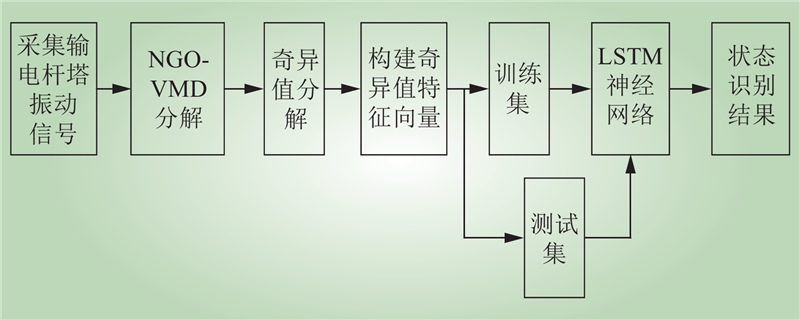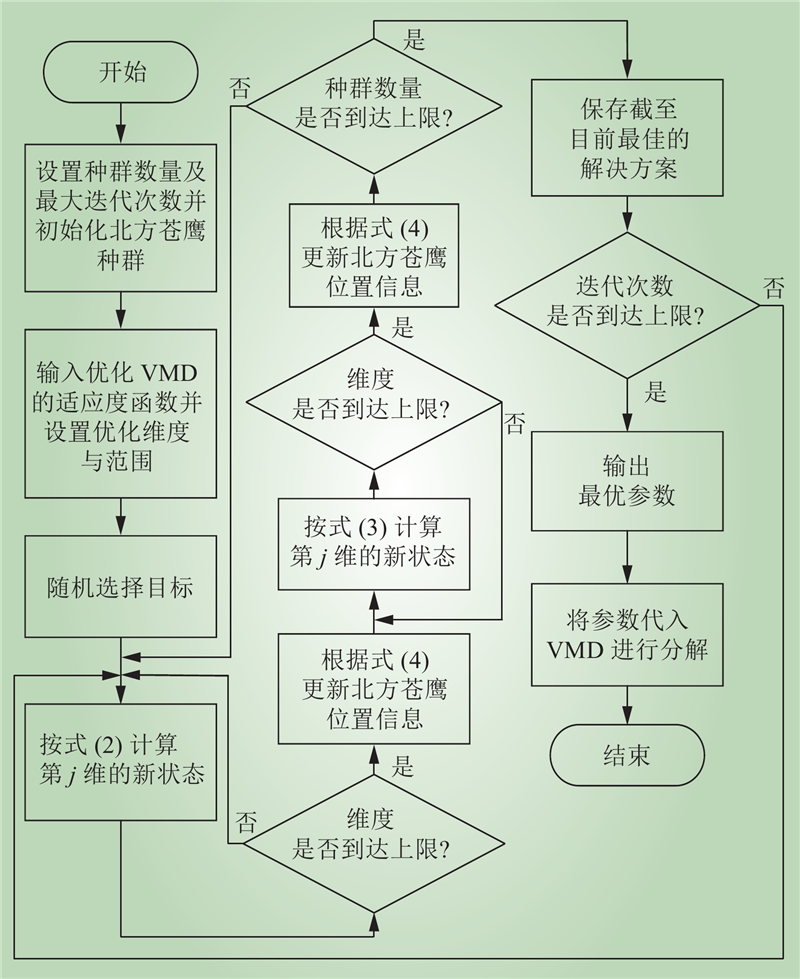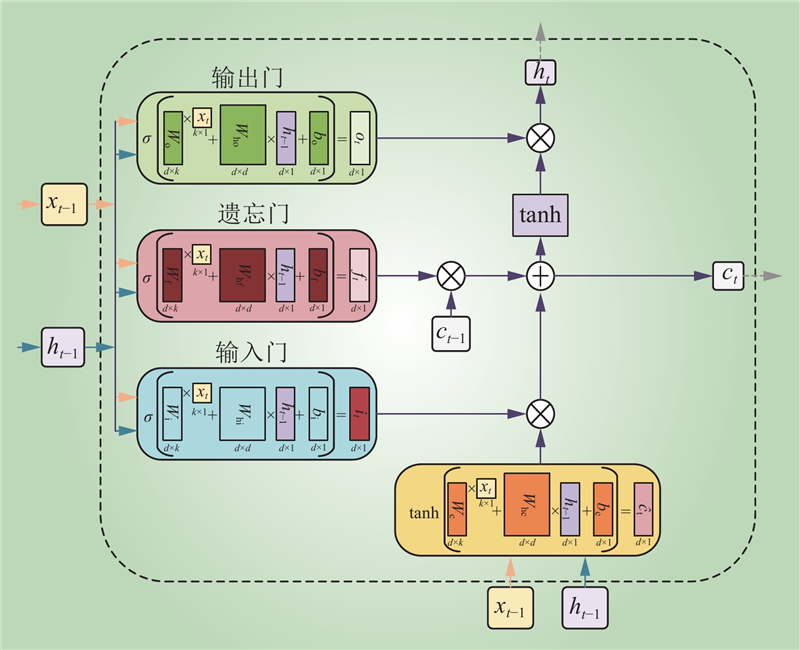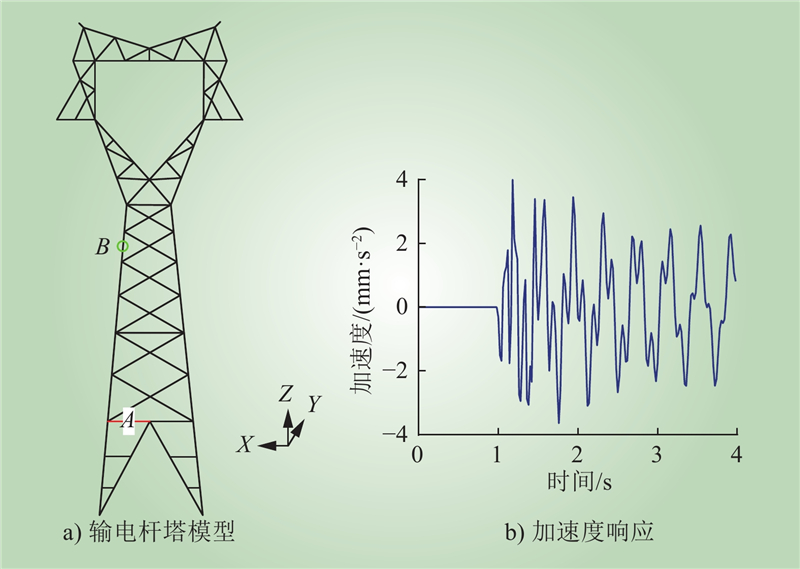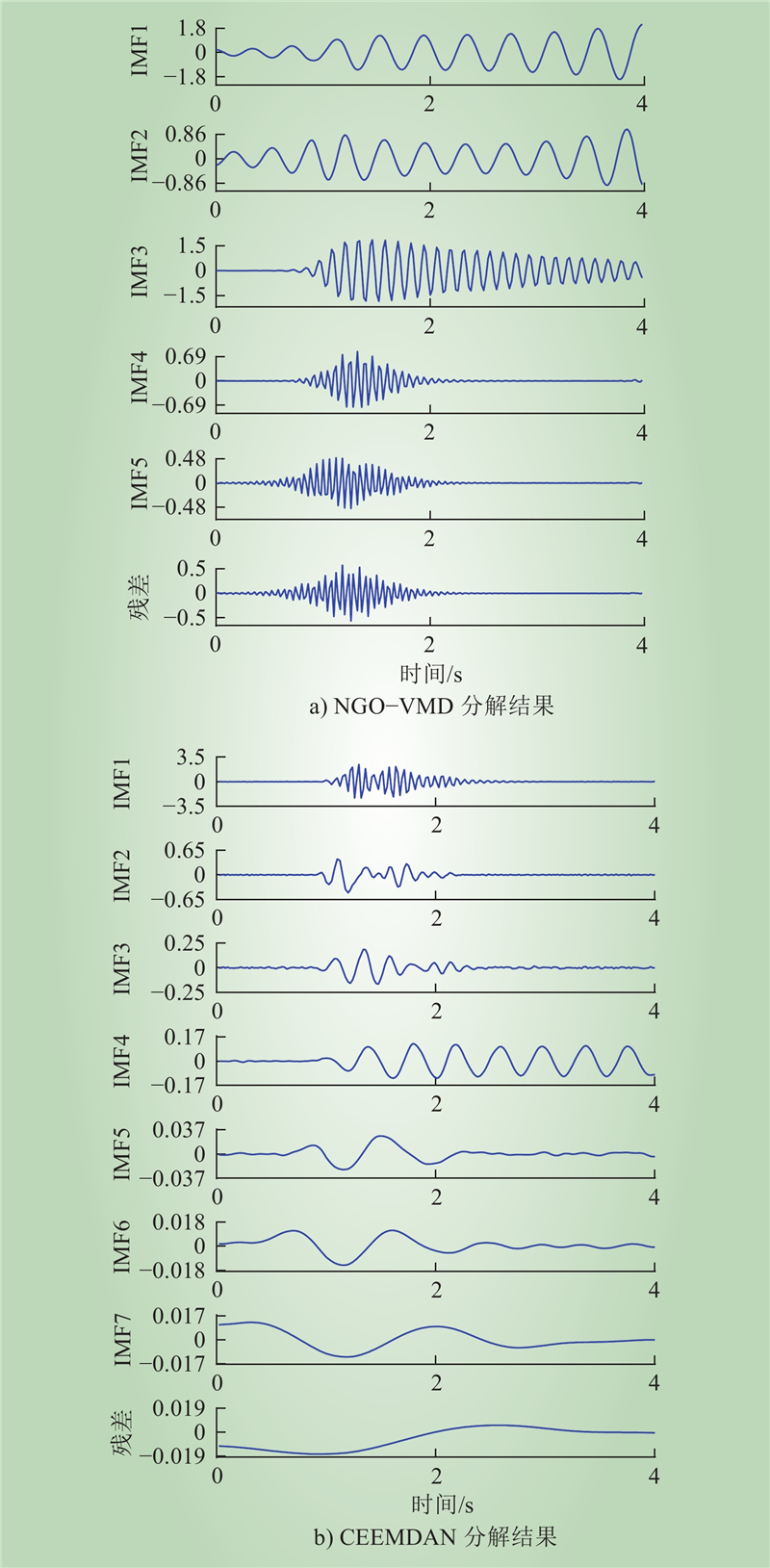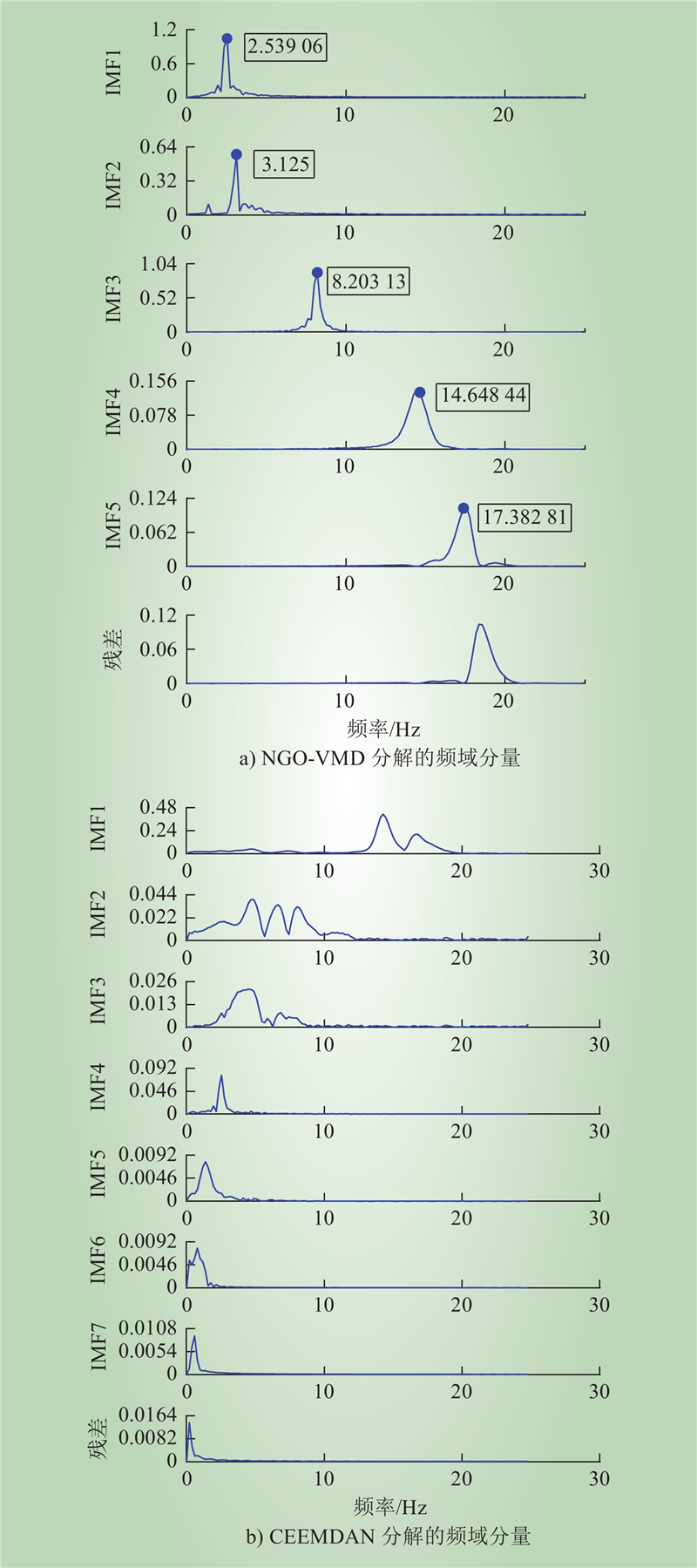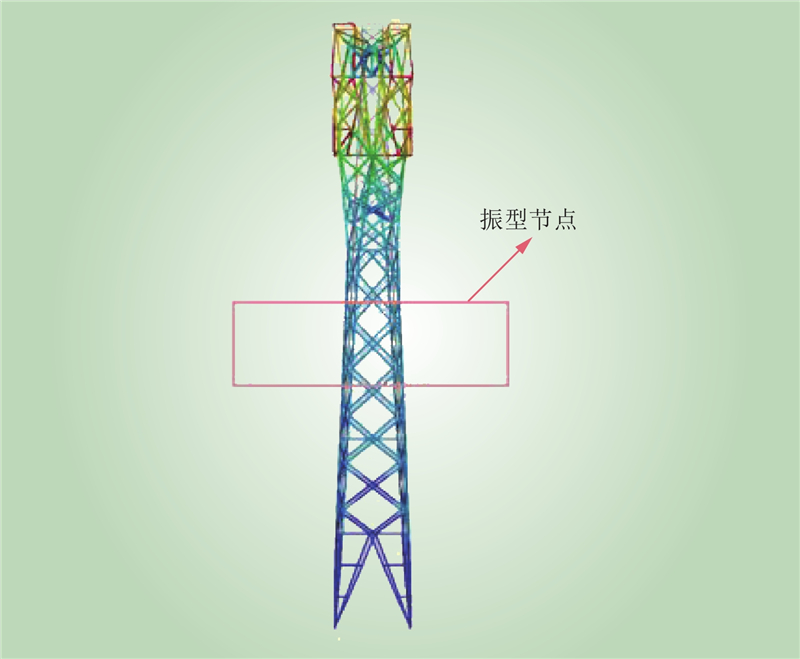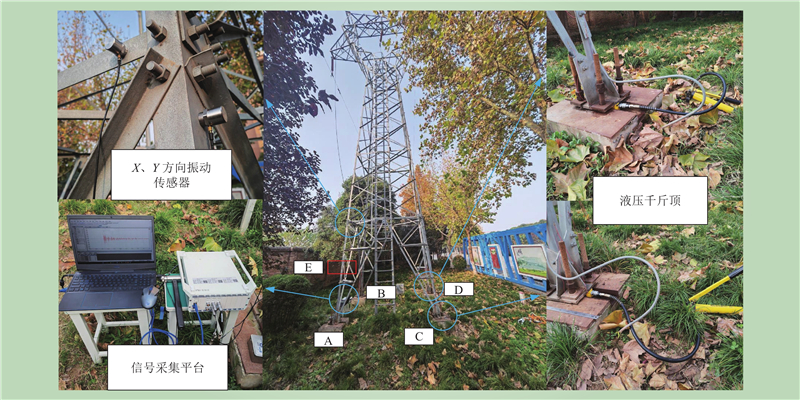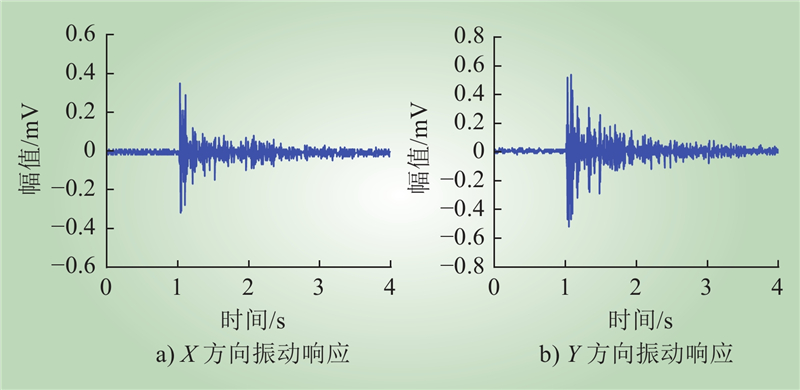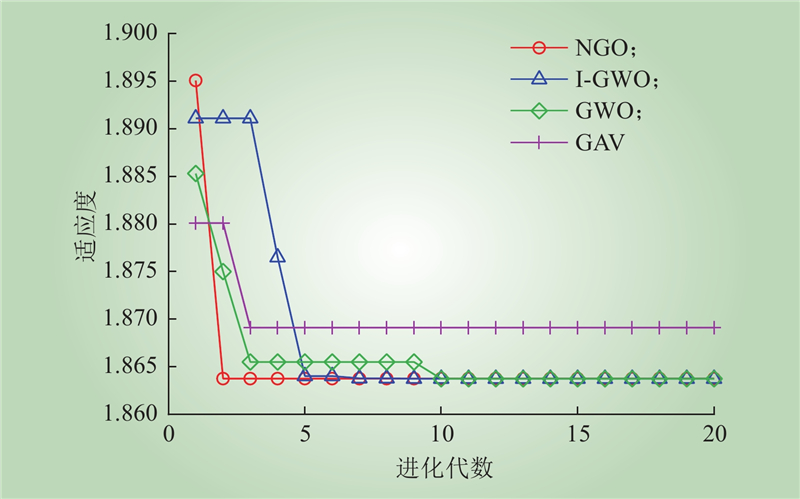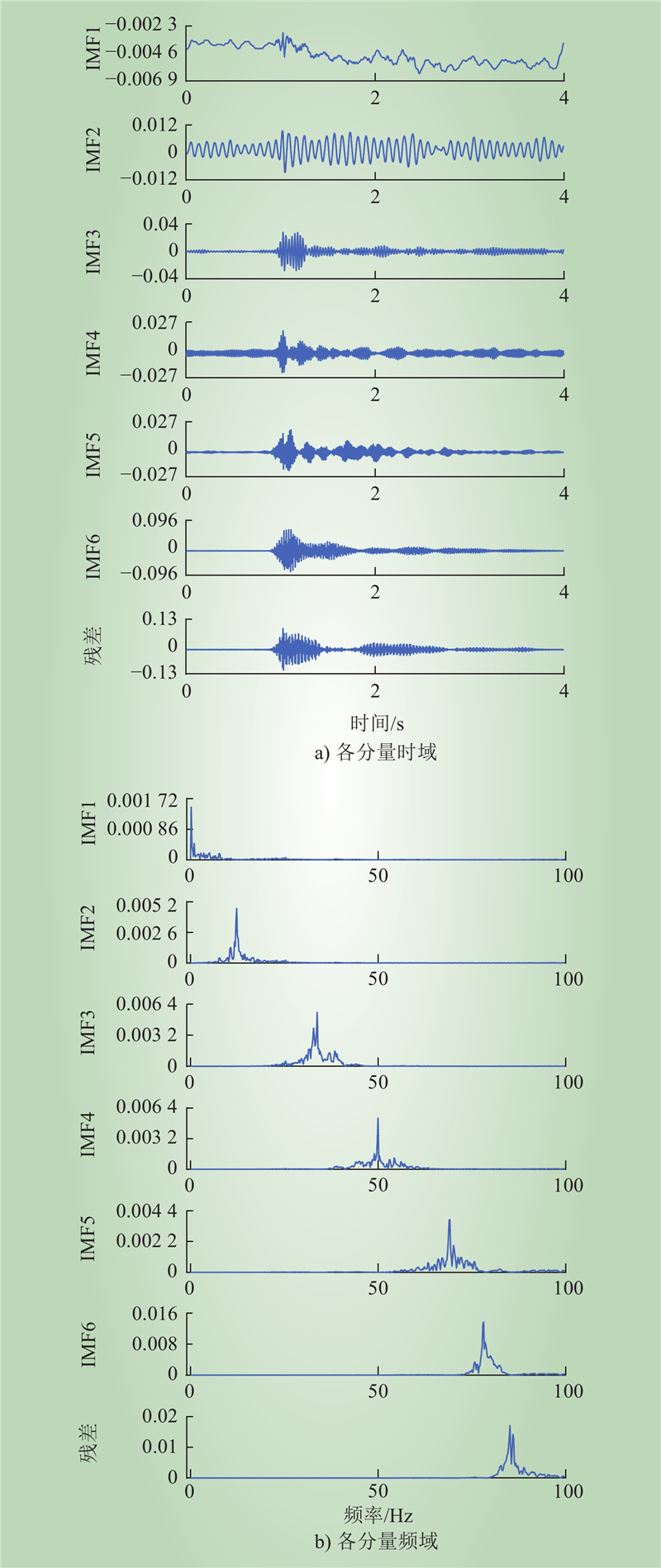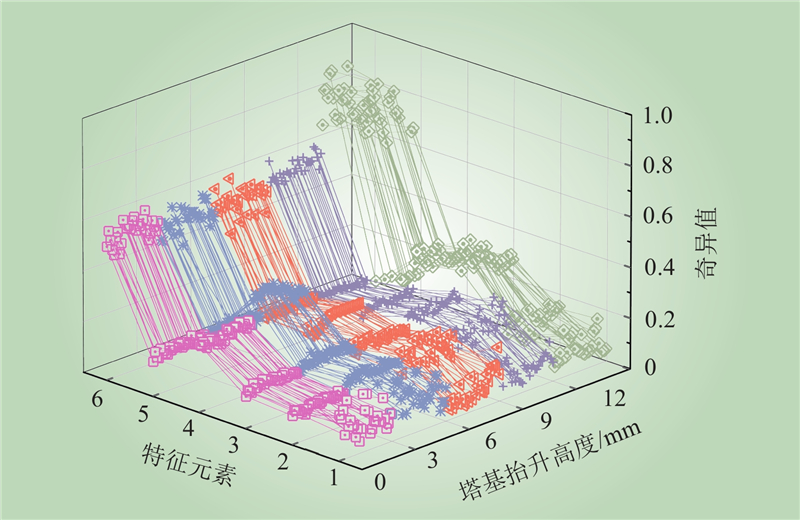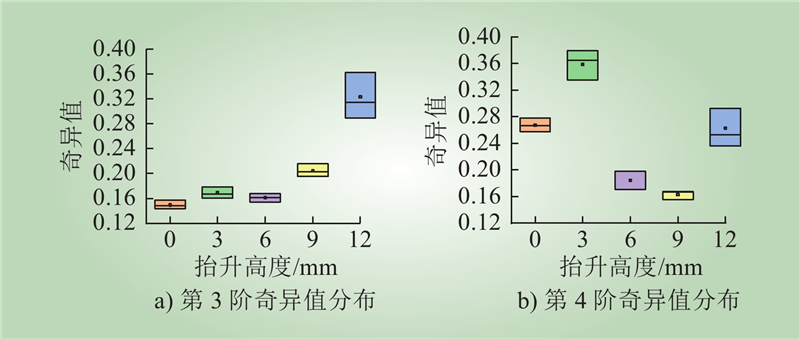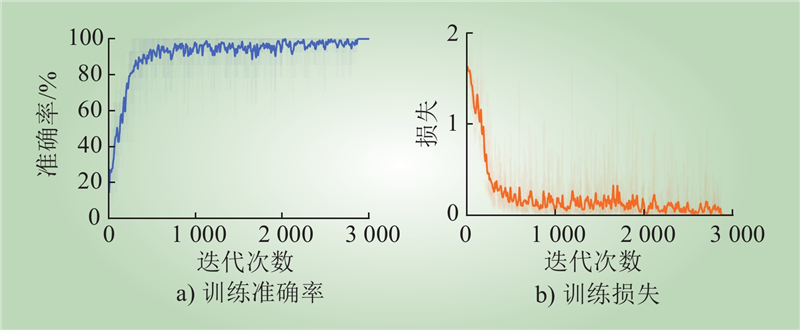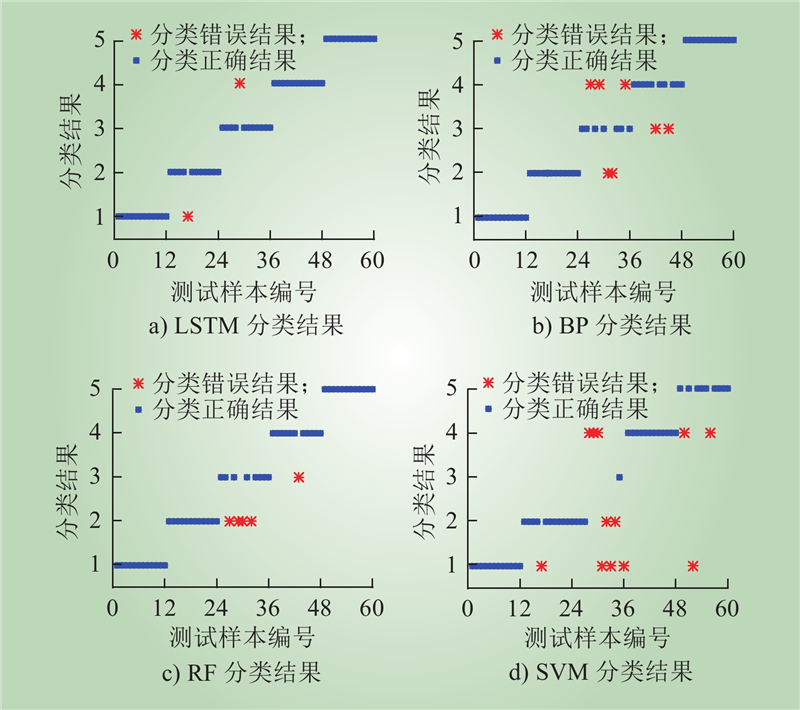| 1 |
DONG X S, WEN G R, ZHAO M G, et al. Study of the prevention method of ±800 kV transmission tower foundation deviation[J]. Energies, 2023, 16 (6): 2557.
DOI
|
| 2 |
黄新波, 廖明进, 徐冠华, 等. 采用光纤光栅传感器的输电线路铁塔应力监测方法[J]. 电力自动化设备, 2016, 36 (4): 68- 72.
|
|
HUANG Xinbo, LIAO Mingjin, XU Guanhua, et al. Stress monitoring method applying FBG sensor for transmission line towers[J]. Electric Power Automation Equipment, 2016, 36 (4): 68- 72.
|
| 3 |
LU Z M, GONG H, JIN Q H, et al. A transmission tower tilt state assessment approach based on dense point cloud from UAV-based LiDAR[J]. Remote Sensing, 2022, 14 (2): 408.
DOI
|
| 4 |
高雪莲, 李乐依, 刘文琳. 基于遥感卫星光学影像的杆塔倾斜在线监测方法[J]. 中国电机工程学报, 2022, 42 (16): 5971- 5978, 6171.
|
|
GAO Xuelian, LI Leyi, LIU Wenlin. On-line monitoring method of pole and tower tilt based on remote sensing satellite optical image[J]. Proceedings of the CSEE, 2022, 42 (16): 5971- 5978, 6171.
|
| 5 |
WU B L, TONG L, CHEN Y. Revised improved DINSAR algorithm for monitoring the inclination displacement of top position of electric power transmission tower[J]. IEEE Geoscience and Remote Sensing Letters, 2018, 15 (6): 877- 881.
DOI
|
| 6 |
何冰, 王媚, 张羽公, 等. 基于振动信号的输电铁塔螺栓松动检测技术研究[J]. 功能材料与器件学报, 2019, 25 (3): 214- 219.
|
|
HE Bing, WANG Mei, ZHANG Yugong, et al. Research on loose detection technology of transmission tower bolt based on vibration signal[J]. Journal of Functional Materials and Devices, 2019, 25 (3): 214- 219.
|
| 7 |
张安安, 邓芳明. 基于CNN-RVM的输电杆塔外破振动识别方案[J]. 计算机仿真, 2020, 37 (4): 76- 80.
|
|
ZHANG Anan, DENG Fangming. External vibration identification scheme of transmission line tower based on CNN-RVM[J]. Computer Simulation, 2020, 37 (4): 76- 80.
|
| 8 |
DRAGOMIRETSKIY K, ZOSSO D. Variational mode decomposition[J]. IEEE Transactions on Signal Processing, 2014, 62 (3): 531- 544.
DOI
|
| 9 |
贾亚飞, 朱永利, 王刘旺, 等. 基于VMD和多尺度熵的变压器内绝缘局部放电信号特征提取及分类[J]. 电工技术学报, 2016, 31 (19): 208- 217.
|
|
JIA Yafei, ZHU Yongli, WANG Liuwang, et al. Feature extraction and classification on partial discharge signals of power transformers based on VMD and multiscale entropy[J]. Transactions of China Electrotechnical Society, 2016, 31 (19): 208- 217.
|
| 10 |
唐贵基, 王晓龙. 参数优化变分模态分解方法在滚动轴承早期故障诊断中的应用[J]. 西安交通大学学报, 2015, 49 (5): 73- 81.
|
|
TANG Guiji, WANG Xiaolong. Parameter optimized variational mode decomposition method with application to incipient fault diagnosis of rolling bearing[J]. Journal of Xi’an Jiaotong University, 2015, 49 (5): 73- 81.
|
| 11 |
冯玉芳, 卢厚清, 殷宏, 等. 基于BP神经网络的故障诊断模型研究[J]. 计算机工程与应用, 2019, 55 (6): 24- 30.
DOI
|
|
FENG Yufang, LU Houqing, YIN Hong, et al. Study on fault diagnosis model based on BP neural network[J]. Computer Engineering and Applications, 2019, 55 (6): 24- 30.
DOI
|
| 12 |
BAI S, TANG H D, AN S. Coordinate CNNs and LSTMs to categorize scene images with multi-views and multi-levels of abstraction[J]. Expert Systems With Applications, 2019, 120, 298- 309.
DOI
|
| 13 |
王立林, 刘俊. 基于多尺度卷积的船舶行为识别方法[J]. 计算机应用, 2019, 39 (12): 3691- 3696.
|
|
WANG Lilin, LIU Jun. Ship behavior recognition method based on multi-scale convolution[J]. Journal of Computer Applications, 2019, 39 (12): 3691- 3696.
|
| 14 |
肖雄, 王健翔, 张勇军, 等. 一种用于轴承故障诊断的二维卷积神经网络优化方法[J]. 中国电机工程学报, 2019, 39 (15): 4558- 4568.
|
|
XIAO Xiong, WANG Jianxiang, ZHANG Yongjun, et al. A two-dimensional convolutional neural network optimization method for bearing fault diagnosis[J]. Proceedings of the CSEE, 2019, 39 (15): 4558- 4568.
|
| 15 |
RAVIKUMAR K N, YADAV A, KUMAR H, et al. Gearbox fault diagnosis based on Multi-Scale deep residual learning and stacked LSTM model[J]. Measurement, 2021, 186, 110099.
DOI
|
| 16 |
DEHGHANI M, HUBÁLOVSKÝ Š, TROJOVSKÝ P. Northern goshawk optimization: a new swarm-based algorithm for solving optimization problems[J]. IEEE Access, 2021, 9, 162059- 162080.
DOI
|
| 17 |
YANG W X, TSE P W. Development of an advanced noise reduction method for vibration analysis based on singular value decomposition[J]. NDT & E International, 2003, 36 (6): 419- 432.
|
| 18 |
于洋, 何明, 刘博, 等. 基于TL-LSTM的轴承故障声发射信号识别研究[J]. 仪器仪表学报, 2019, 40 (5): 51- 59.
|
|
YU Yang, HE Ming, LIU Bo, et al. Research on acoustic emission signal recognition of bearing fault based on TL-LSTM[J]. Chinese Journal of Scientific Instrument, 2019, 40 (5): 51- 59.
|
| 19 |
BIE F F, DU T F, LYU F X, et al. An integrated approach based on improved CEEMDAN and LSTM deep learning neural network for fault diagnosis of reciprocating pump[J]. IEEE Access, 2021, 9, 23301- 23310.
DOI
|
| 20 |
郑天堂, 黄新波, 赵隆, 等. 输电杆塔沉降状态感知技术研究[J]. 广东电力, 2021, 34 (4): 85- 93.
DOI
|
|
ZHENG Tiantang, HUANG Xinbo, ZHAO Long, et al. Research on sensing technology of transmission tower settlement state[J]. Guangdong Electric Power, 2021, 34 (4): 85- 93.
DOI
|
| 21 |
KARAMI-MOHAMMADI R, MIRTAHERI M, SALKHORDEH M, et al. Vibration anatomy and damage detection in power transmission towers with limited sensors[J]. Sensors, 2020, 20 (6): 1731.
DOI
|
| 22 |
LEE C Y, HUANG N E, CHERN C C, et al. A study on the dynamic characteristics and ultimate capacity of steel transmission towers[J]. Journal of the Chinese Institute of Engineers, 2013, 36 (3): 273- 294.
DOI
|
| 23 |
ZHANG Q, FU X, REN L, et al. Modal parameters of a transmission tower considering the coupling effects between the tower and lines[J]. Engineering Structures, 2020, 220, 110947.
DOI
|
| 24 |
GAI J B, SHEN J X, HU Y F, et al. An integrated method based on hybrid grey wolf optimizer improved variational mode decomposition and deep neural network for fault diagnosis of rolling bearing[J]. Measurement, 2020, 162, 107901.
DOI
|
| 25 |
LIU H M, WANG X A, LU C. Rolling bearing fault diagnosis under variable conditions using Hilbert-Huang transform and singular value decomposition[J]. Mathematical Problems in Engineering, 2014, 2014, 1- 10.
|


